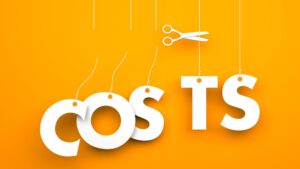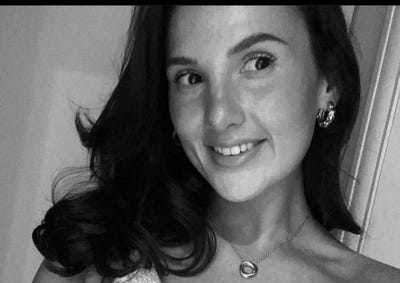
Thermo Fisher Scientific has introduced the Gibco CTS adeno-associated virus (AAV)- MAX Helper Free production system, which it says can save time and reduce costs by 50%.
According to the firm, the all-in-one solution production system is “the only product of its kind that is manufactured under cGMP conditions to enable large-scale applications.” Additionally, Thermo says that the system has been designed to meet both clinical and commercial demands of AAV-based gene therapies, as well as bringing products to market quicker and at a lower cost.
“The CTS AAV-MAX system allows cell and gene therapy developers to make adeno-associated virus (AAV) to use in their therapies,” Emily Jackson-Holmes, product manager, Thermo Fisher Scientific told us.
“To do this, the system includes several components: mammalian cells, cell culture medium, a transfection kit, and a buffer. To make AAV, cells are first grown in the medium to multiply them. Next, the reagents in the transfection kit are used to introduce plasmid DNA into the cells. This step is what “programs” the cells to make AAV. The reagents in the transfection kit are also specially designed to boost AAV production. Finally, the cells are left growing for 3 days to produce AAV. At the end of this time, the cells and media are collected to extract the AAV particles. Then, a customer can proceed with purifying the AAV particles.”

DepositPhotos/Pixelery.com
Thermo says that AAV is used in 82% of viral vector-based gene therapies in the pipeline and that having the ability to scale production is “critical” to ensure product can get to market faster. Because of this, the firm claims that the CTS AAC-MAX system has been designed to deliver high titer AAV production and can reduce production costs up to 50% when compared with alternative polyethyleneimine (PEI)-based suspension systems and 25% cheaper when dealing with plasmid DNA (pDNA).
“Not only do current systems on the market lack fit-for-purpose reagents but these systems are also not optimized for AAV production as they tend to offer lower yields and require more expensive regulatory-grade materials,” Jackson-Holmes told us.
“To address these challenges and meet clinical and commercial demand, we developed the CTS AAV-MAX System, which uses materials suitable for commercial production to deliver higher AAV yield at lower costs.”
The system itself has a mammalian-based suspension system, which it says consists of a clonal HEK293 cell line and animal origin-free reagents that are able to support scalable AAV manufacturing from flask through to bioreactor sale.
As part of the Cell Therapy Systems (CTS) solutions, the system can work within the AAV production workflow. This means that researchers can move from research on the AAV-MAX Helper Free AAV Production System to clinical scale with CTS AAV-Max System.
“We have multiple teams in place who are trained to provide extensive product and technical support to customers using CTS AAV-MAX,” said Jackson-Holmes.
“In addition, our teams have breadth of expertise across the complete AAV workflow in order to assist with customer needs at any stage of the workflow. Finally, as CTS AAV-MAX is designed to meet customer needs for clinical and commercial product of AAV, we have resources and personnel trained and ready to provide the product, quality, and regulatory support that comes with our CTS-branded products.”
About the Author
You May Also Like





